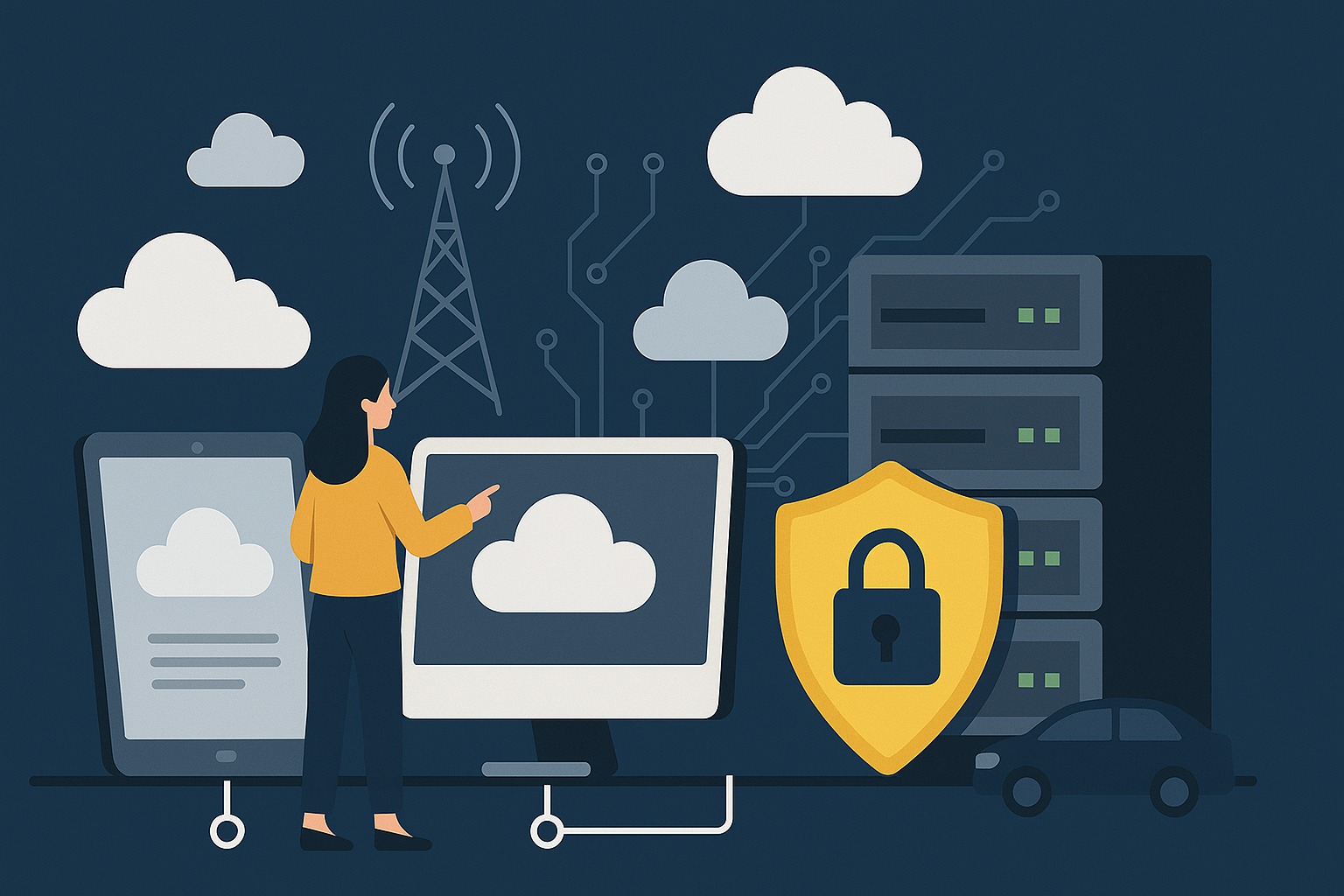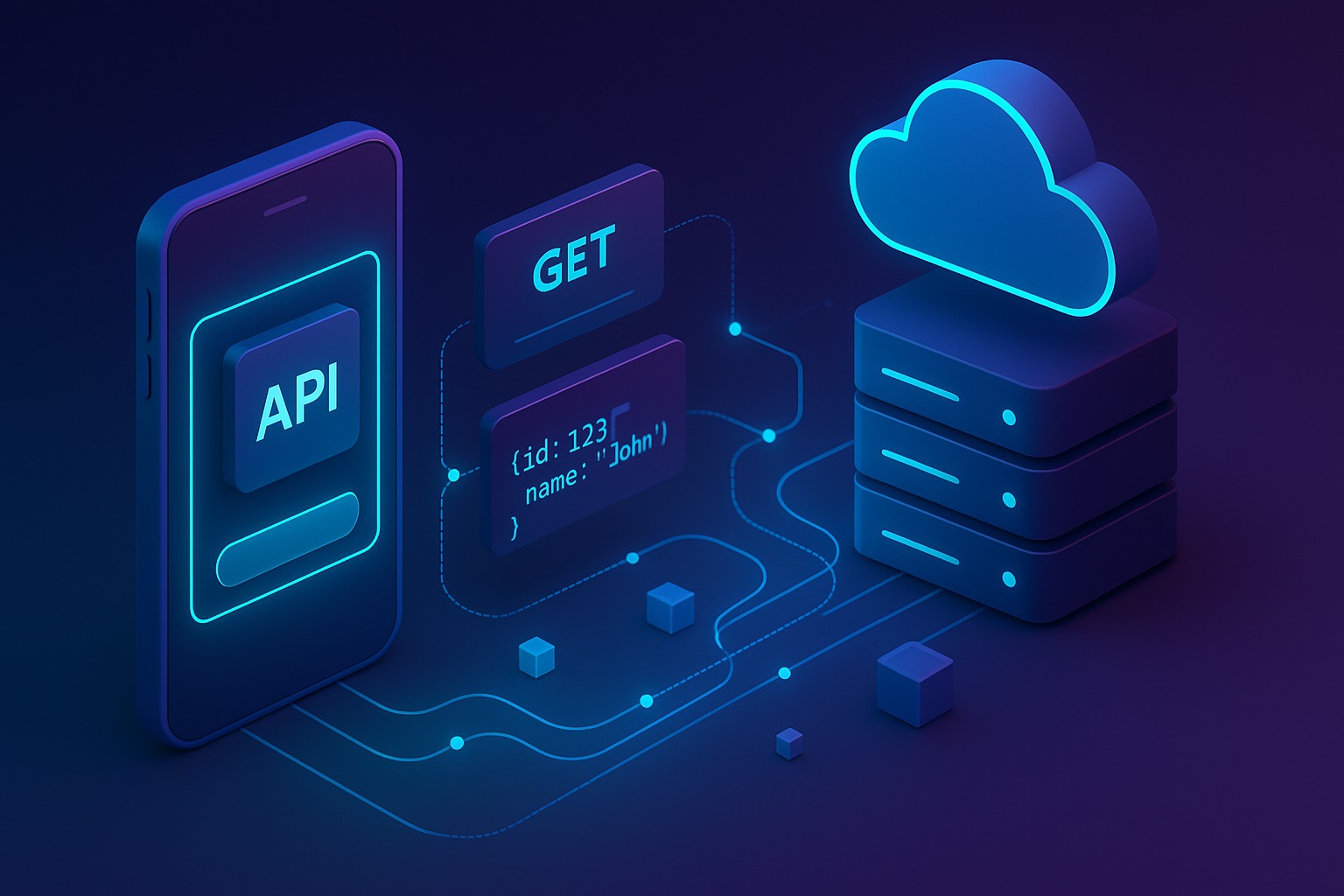Introduction: What Is Edge Computing?
Edge computing is revolutionizing the way we process data. Instead of sending all information to a centralized cloud, edge computing processes data closer to where it is generated—on local devices like sensors, gateways, and smartphones. This decentralized model reduces latency, enhances real-time performance, and lowers bandwidth use, making it ideal for the growing number of IoT devices and real-time applications.
Edge computing is becoming critical as industries seek faster and smarter ways to process and act on data. But along with its benefits come important security implications that businesses and developers must address.
Why Edge Computing Is Gaining Momentum in 2025
The global surge in connected devices, remote work, and the demand for instant data processing are driving edge computing adoption in 2025. Here’s why it’s gaining traction:
- Reduced Latency: Edge computing enables near-instantaneous data processing, which is crucial for applications like autonomous vehicles and healthcare monitoring.
- Bandwidth Efficiency: By processing data locally, it reduces the need to send massive data volumes to centralized servers.
- Enhanced Real-Time Analytics: Industries can make quicker decisions with insights generated directly at the data source.
- Cost-Effective: Less data transmitted means reduced cloud storage and transmission costs.
These benefits make edge computing indispensable in sectors like manufacturing, retail, healthcare, and smart cities.
Security Implications of Edge Computing
Despite its advantages, edge computing introduces unique security challenges:
- Decentralized Architecture: Unlike centralized cloud systems, edge environments have many distributed nodes, making consistent security enforcement harder.
- Vulnerable Edge Devices: Devices like routers, sensors, and mobile phones may not have robust security protocols and can be easily targeted by attackers.
- Physical Security Risks: Edge devices often operate in public or remote environments, increasing the risk of tampering or theft.
- Data Privacy Concerns: Sensitive data processed at the edge must be protected to comply with privacy regulations like GDPR.
Cybersecurity for edge computing requires a different approach than traditional IT infrastructures.
Best Practices for Securing Edge Environments
To safeguard edge computing ecosystems, consider the following best practices:
- Implement Zero Trust Architecture: Assume no device or user is trusted by default. Enforce continuous verification.
- Encrypt Data at Rest and in Transit: Use end-to-end encryption to prevent data breaches.
- AI-Powered Threat Detection: Deploy machine learning models to monitor unusual patterns and threats at the edge.
- Regular Updates and Patches: Keep firmware and software up to date to close known vulnerabilities.
- Multi-Factor Authentication (MFA): Secure access to devices and systems with layered authentication.
- Network Segmentation: Isolate edge devices into separate network segments to contain potential breaches.
By applying these principles, businesses can create a resilient edge infrastructure.
Real-World Applications of Edge Computing
Edge computing is transforming a range of industries with real-time capabilities:
- Smart Cities: Manage traffic, energy, and waste systems efficiently with real-time monitoring and analytics.
- Healthcare: Remote patient monitoring devices analyze vital signs and alert healthcare providers instantly.
- Retail: Personalized shopping experiences through local data processing and in-store analytics.
- Manufacturing: Predictive maintenance and quality control using on-site data analysis.
- Autonomous Vehicles: Process massive amounts of data locally to make split-second decisions.
These examples highlight how edge computing is making digital systems faster and smarter.
Future Trends in Edge Computing and Security
Looking ahead, edge computing will continue to evolve, with several trends shaping its future:
- Edge AI Integration: Combining edge computing with artificial intelligence for smarter decision-making.
- Blockchain at the Edge: Ensuring secure and tamper-proof transactions across distributed networks.
- SASE Frameworks: Secure Access Service Edge (SASE) combines networking and security functions for edge environments.
- Orchestration Tools: Automating the deployment and management of edge nodes securely and efficiently.
Staying ahead of these trends will help businesses future-proof their operations.
Conclusion
Edge computing is more than just a buzzword—it’s a foundational shift in how data is processed and acted upon. While it brings powerful benefits like speed, efficiency, and lower costs, it also introduces new cybersecurity risks. By understanding these challenges and implementing best practices, organizations can harness the full potential of edge computing without compromising security.




